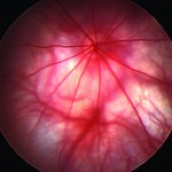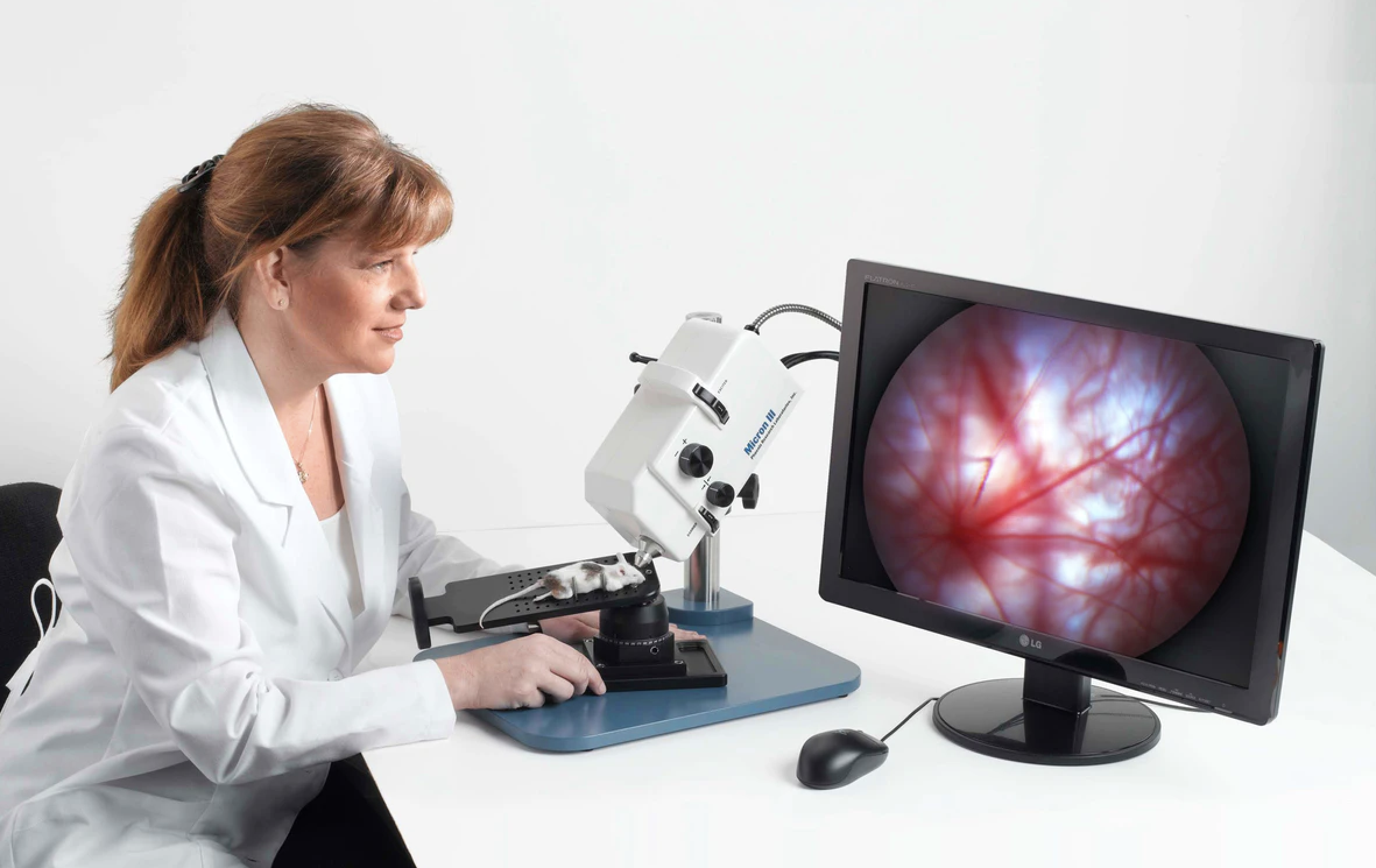Preclinical Ophthalmology
Recent instrumentation progress is enabling superior imaging of the retina in both laboratory animals and humans. The effect is better research for neurological disorders, for instance, as well as disease diagnosis.
In vivo research
Mice have played a key role for research into biological functions such as vision, and are especially attractive for genetic research because they have a particularly “plastic” genome. They can be genetically engineered to have various diseases that mimic human dystrophies such as diabetes and Alzheimer’s disease.
Preclinical ophthalmology studies are key to selecting early compounds or chemical structures for further assessment as well as assessing candidates for advancement into Clinical testing. Assessment and analysis modalities are fine-tuned to meet the specific requirements demanded in each targeted area of ophthalmologic investigation.
Our team has demonstrated unique and extensive expertise in preclinical contract ophthalmology studies and is committed and dedicated to providing a complete range of ophthalmology services.
. For a full overview of our Ocular Studies, please download CBI Technical Bulletin: CBI-Technical Bulletin.Ocular
Ophthalmology Services
- Exploratory/proof-of-concept studies
- Good Laboratory Practice (GLP) toxicology studies
- Histopathology/immunohistochemistry assays
- In vivo models
- Pharmacology studies
- Pharmacokinetics studies
Methods of Assessment
|
|
|
|
|
|




